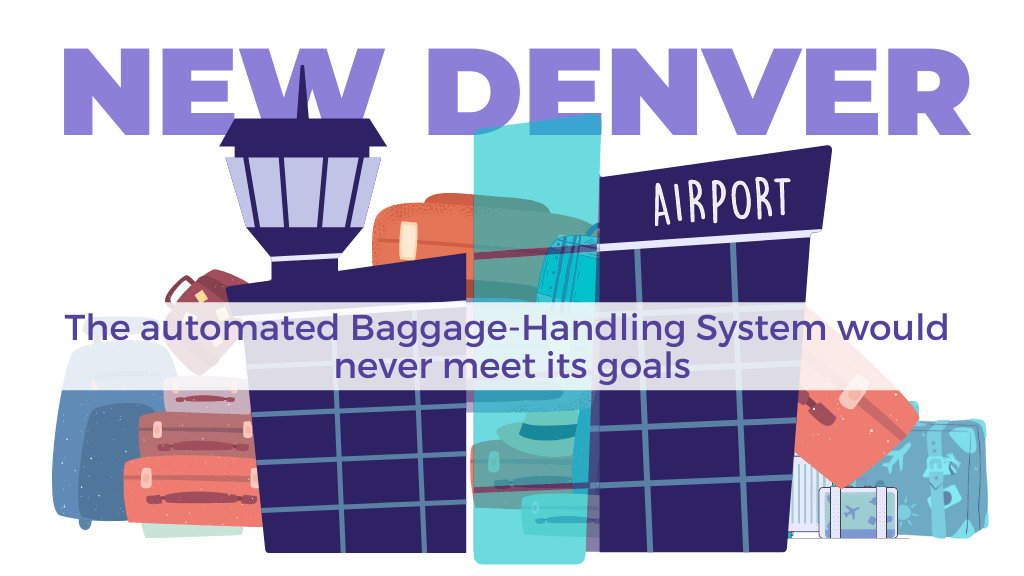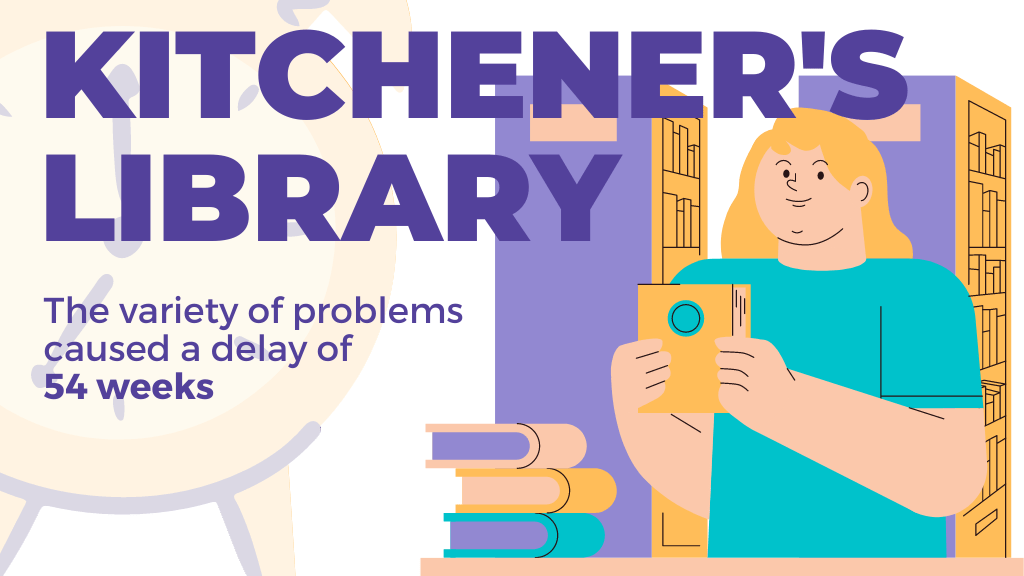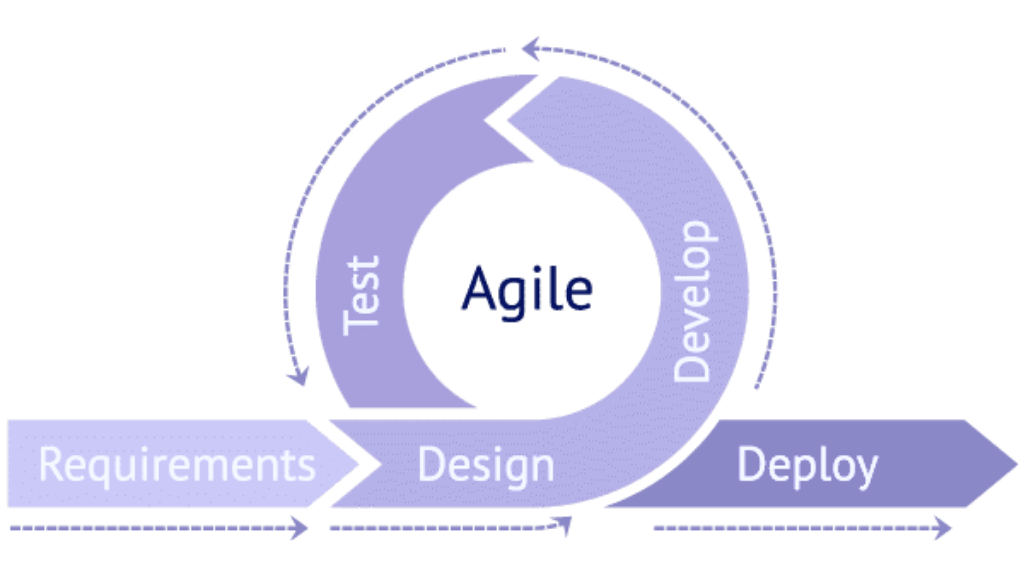
What is Scope Creep and is It Necessarily Bad?
If you have been exploring the field of project management, you might have come across the term called Scope Creep. Sounds like a familiar concept, but what does it actually mean?
To learn about the basics, let’s first break down the term and focus on the word Scope. In the field of project management, “scope” refers to the work required to receive the desired project outcome, which is a crucial responsibility of any project manager.
Scope Creep refers to the uncontrolled processes of change requests, additional features and multiplied requirements that can arise from variable demands of customers, as well as lack of communication and teamwork.
Top 5 Causes of Scope Creep
- Unrealistic or uncertain Scope definitions
Stakeholders often start with grand ideas without realizing that their scope is unrefined due to limited information or jumping to the conclusion that the project management team will figure it out. Project managers cannot predict the scope without deliverable-based work breakdown structure (WBS). - Lack of Scope requirements
Additional features are a part of project management. But it is easy to be unaware of the requirements due to lack of scope management, changes with no context, as well as making additional changes without prior notice just because they seem “interesting.” - Inconsistency in additional requirements
Stakeholders may not give enough time for the project team to process the changes, which can lead to the misunderstanding of the scope, which can result in scope drift; a scope that is not quite what was intended. - No participation from the stakeholders
Relying on the project management team due to unavailability can increase the danger of scope creep. Even if the team tries to fill the gaps, scope will be redefined. - Timeline of the Project
When deadlines are extended, stakeholders have more opportunity to make changes. Long projects increase the chances of scope creep.
Examples of Scope Creep
The airport was supposed to establish a new automated system for luggage to eliminate manual labor, save the time of the aircraft, and ensure a better service. Unfortunately, the construction lasted an additional 16 months to its final deadline, which ended up costing $560 million over budget due to scope creep.
Eventually the project was over with only a small aspect of the desired project goal, and even the portion of the system that was implemented never functioned properly. While they tried to fix the issue for several years, the only airline using the system dropped it due to high costs and in Aug 2005 the system was scrapped altogether.
This is a vivid example to show the importance of communication and scope statement to avoid scope creep.
The project manager was requested to produce a new software within the time frame of three months. While he was working on the project, the stakeholder requested additional features. While the project manager added the new feature into the scope, the stakeholders added more features, which was already weeks after the start of the project.
The project manager stated that it would be possible if he had additional resources to handle the amount of work. After the deadline extension, the project manager was fired due to being “too slow”.
This represents the ambitious ideas that could not fit the project frames, as well as the misinterpretation and miscommunication of scope with the stakeholder.
How to Avoid Scope Creep
However, you might consider applying the following tactics to eliminate the chance of Scope Creep as much as it is possible. According to Abramovici, A. (2000). “Controlling scope creep”, project management team and the customer(s) must:
- Make sure that the terms on the Statement of Work (SOW) are clear and touch upon all the questions that may get misunderstood or disregarded in the process.
- Identify rules, responsibilities and expectations for both your team and the customer. Ensure the smooth process of the project by developing certain discipline in your cooperation.
- Transparency with customers is key. Lay out the project scope and explain additional changes and modifications can harm the final result.
How to Manage Scope Creep
As mentioned in Abramovici, A. (2000). “Controlling scope creep”, managing scope creep requires all of your attention; all the following actions must be thought through and highly organized to clearly understand the consequences and prevent destruction. Prior to any change of request, have a discussion and come to an agreement with a focus on the following:
- Finances
Once you receive additional requests, start calculating the costs separate from the original scope. Keep the costs separate to have a clear understanding added or eliminated in case of acceptance or rejection of additional requests. - Impact
Thoroughly analyze the consequences of change from any and every aspect of the project. It will be beneficial to create a separate checklist of all the expected results of scope change. - Communication
Talk to the customer and help them analyze the end goal of their request. By doing so you aim to minimize the change, if possible, and ultimately, minimize the risks. - Skipping
Don’t ignore the risks or multitask without a clear analysis of impact. Such a hasty approach can result in unexpected issues, which will accumulate due to the lack of a structured plan.
Benefits of Scope Creep in Agile Project Management
Agile Project Management uses iteration as a methodology, which ensures its contact repetition through daily meetings, open communication and collaborative spirit. As a result, the process of the project is in a constant stage of improvement, which makes it more flexible and adaptable to change.
With agile methodology in practice, scope creep does not seem as terrifying as with any other methodology. Change is natural and inviting for agile project management. Instead of fearing the risks and coming up with thorough solutions, agile adjusts to the change along the way and develops the ability to be flexible and competitive in the field, noted in Hunsberger, K. (2011). “Change is good”.
In addition, different projects have different expectations and requirements, remarked Sliger, M. (2010). “Goodbye, scope creep—hello, agile!”. Depending on the goal, certain projects are more likely to require change in the process than others. It also depends on the experience of similar projects in the past. If there is even the smallest concern that the project will require change, then agile is the way to do!
In both cases of traditional and agile project management, any change resulting in scope creep should be controlled to some extent, otherwise the project will cause issues or eventually fail. Exploring the world of project management, one should always keep track and learn about the existing practices to be ready to tackle any challenges in the process.






